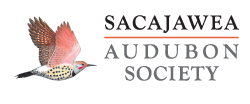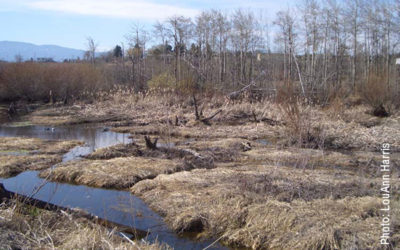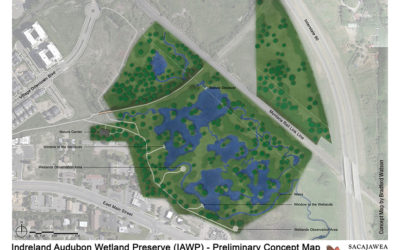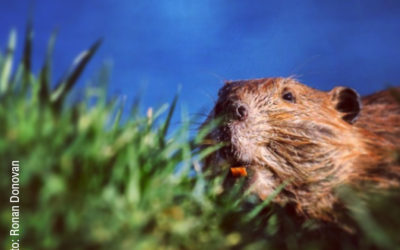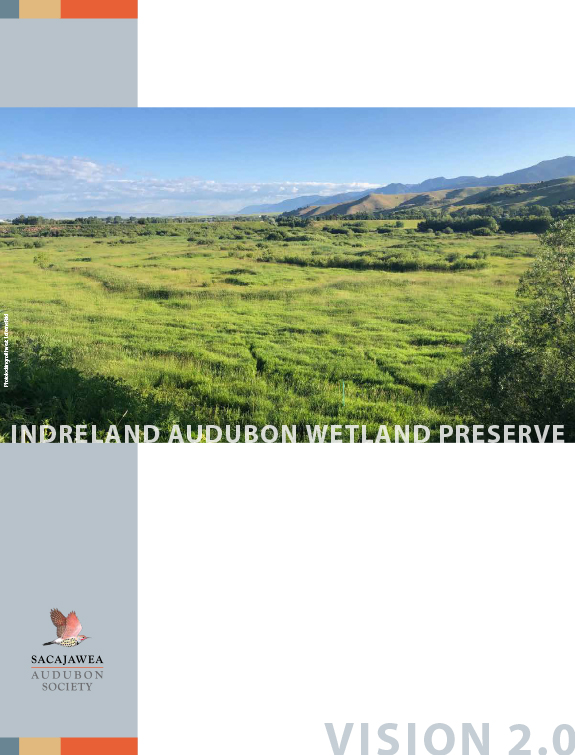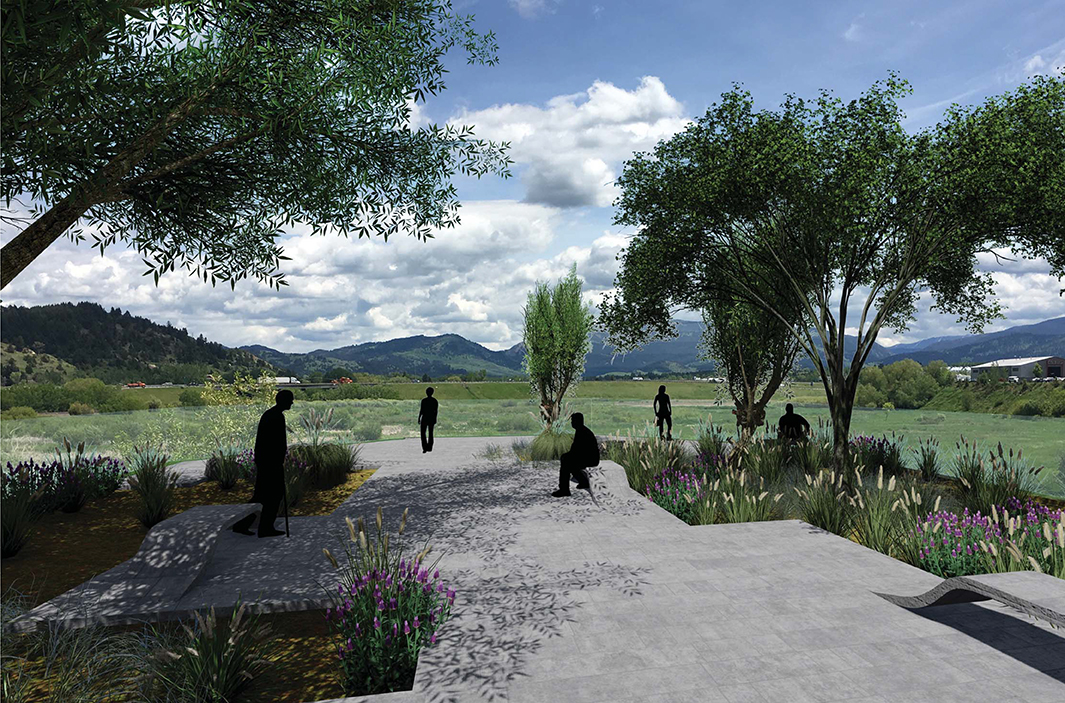UPDATES ON BOZEMAN’S URBAN WETLAND OASIS
Act Now to Save Wetlands
As seen in the Bozeman Daily Chronicle 08/02/2020 by Wendy Weaver, Montana Aquatic Resources Services Chris Nixon, Sacajawea Audubon Society The Native Americans that relied upon the abundant resources of the Gallatin Valley once knew it as the “Valley of Flowers.” A...
Innovative Design Features
Innovative Design Features of the Indreland Audubon Wetland Preserve Prepared by:R. McEldowney, PWSConfluence Consulting Inc. The Indreland Audubon Wetland Preserve (IAWP) being developed on the east side of Bozeman by the Sacajawea Audubon Society has several...
Where Have all the Wetlands Gone?
Where Have all the Wetlands Gone? By: Chris Nixon, SAS Board Member and SAS Wetlands Preservation Project Committee Chair The Native Americans that utilized the abundant resources of the Gallatin Valley knew it as the 'Valley of Flowers'. They could have just as...
Video by Ronan Donovan
A Legacy for the Future
Through the efforts and vision of Sacajawea Audubon Society (SAS) and the cooperation and generosity of Ileana Indreland and Mike Delaney, Montana’s largest enhanced and restored wetland is about to become reality after nearly 40 years of planning.
On December 28, 2018 SAS was gifted 31.2 acres of wetland property from Indreland and Delaney, plus approximately seven adjacent acres are in the process of being purchased. This 40-acre site has been designated the Indreland Audubon Wetland Preserve (IAWP). Once work is completed, this wetland will provide a sanctuary for birds, and will offer tranquility to human visitors who access the property from existing trail connections as well as nearby downtown Bozeman. IAWP provides the critical East Main link between the recently restored riparian corridor at the Story Mill Community Park and the upper East Gallatin/Rocky Creek drainage.
VISION STATEMENT
The Indreland Audubon Wetland Preserve (IAWP) was set aside by Sacajawea Audubon Society (SAS) to conserve and enhance a wetland community in an urban setting. The site will serve as an environmental study area offering education about wetland ecology accessible to all ages. SAS aims to document the effect of human influence on wetland communities and inspire the conservation, restoration, and enhancement of wetlands. SAS strives to have positive impacts on wetland conservation that extends beyond the Gallatin watershed.
GOALS
Goal 1: Create a wetland community that serves as habitat for diverse wildlife species.
Goal 2: Monitor the site to ensure that management decisions do not adversely affect the wetland.
Goal 3: Showcase the role of beaver as a keystone species in creating wetland habitat.
Goal 4: Create educational opportunities to learn about hydrology, ecology and history.
Goal 5: Create a natural laboratory for scientific investigation.
Goal 6: Encourage critical thinking about ecology and environmental issues.
Goal 7: Provide for visitor access and infrastructure consistent with conserving the wetland resource while offering a place of respite in an urban area.
Goal 8: Explore alternative methods of weed control, with the intent of avoiding the use of herbicide.
Goal 9: Contribute to wetland conservation in the Gallatin watershed by establishing a wetland bank.
Goal 10: Develop an outreach program that extends beyond the Gallatin watershed.
Planning is underway for land acquisition, environmental restoration, design and installation of visitor improvements. This includes a future nature center, stewardship for ongoing operations, and maintenance of the IAWP by SAS with a fundraising goal to raise $7 million. The community’s help is essential to creating the largest restored urban wetlands in Montana, ensuring a better tomorrow.
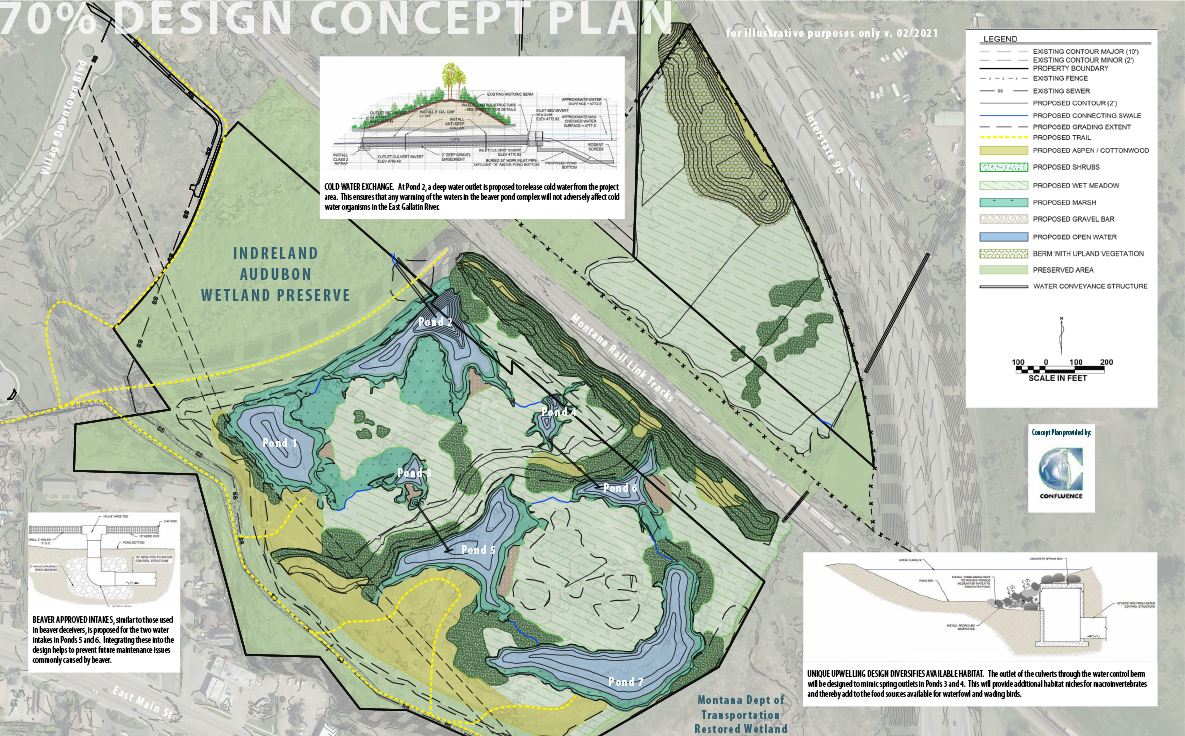
View the details
Get Involved!
Events
Sacajawea Audubon Society
- SAS is a non-profit grassroots membership organization, serving the Northern Greater Yellowstone Ecosystem of Montana since 1967. Its 800+ members are affiliated with both National Audubon Society and Montana Audubon.
- visit Sacajawea Audubon Society
SAS Wetland Preservation Project
- SAS initiated the Wetland Preservation Project (WPP) to protect and restore increasingly rare habitat in accessible urban locations, and to provide education and enjoyment for generations to come.
- Many species of birds are found here. Ebird count for this location.
